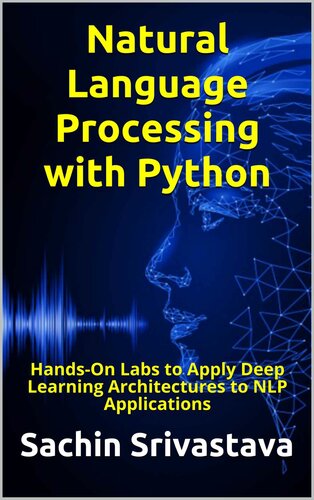

Most ebook files are in PDF format, so you can easily read them using various software such as Foxit Reader or directly on the Google Chrome browser.
Some ebook files are released by publishers in other formats such as .awz, .mobi, .epub, .fb2, etc. You may need to install specific software to read these formats on mobile/PC, such as Calibre.
Please read the tutorial at this link: https://ebookbell.com/faq
We offer FREE conversion to the popular formats you request; however, this may take some time. Therefore, right after payment, please email us, and we will try to provide the service as quickly as possible.
For some exceptional file formats or broken links (if any), please refrain from opening any disputes. Instead, email us first, and we will try to assist within a maximum of 6 hours.
EbookBell Team

5.0
80 reviewsRecent developments in neural networks and deep learning have given us powerful new tools to match human-level performance on NLP tasks and build products that deal with natural language. Deep learning for NLP is centered around the concept of word embeddings or vectors, also known as Word2vec, which encapsulate the meanings of words and phrases as dense vector representations. Word vectors, which are able to capture semantic information about words better than traditional one-hot representations, allow us to handle the temporal nature of language in an intuitive way when used in combination with a class of neural networks known as recurrent neural networks (RNNs). While RNNs can capture only local word dependencies, recently proposed vector-based operations for attention and alignment over word vector sequences allow neural networks to model global intra-word dependencies, including context